Table of Contents (click to expand)
Airplanes can taxi to and from the runway using their own propulsion, or with the help of a tug vehicle attached to the nose wheel.
Even though the term ‘gigantic’ is not inherently associated with ‘mobile’, there are plenty of examples to prove otherwise. From the humble bumblebee to the Antonov An225 Mriya, there is plenty of evidence in this regard. Since we mention the Mriya, let’s take the case of gravity-defying aircraft. Seeing them take off or land is a breathtaking occasion in itself!
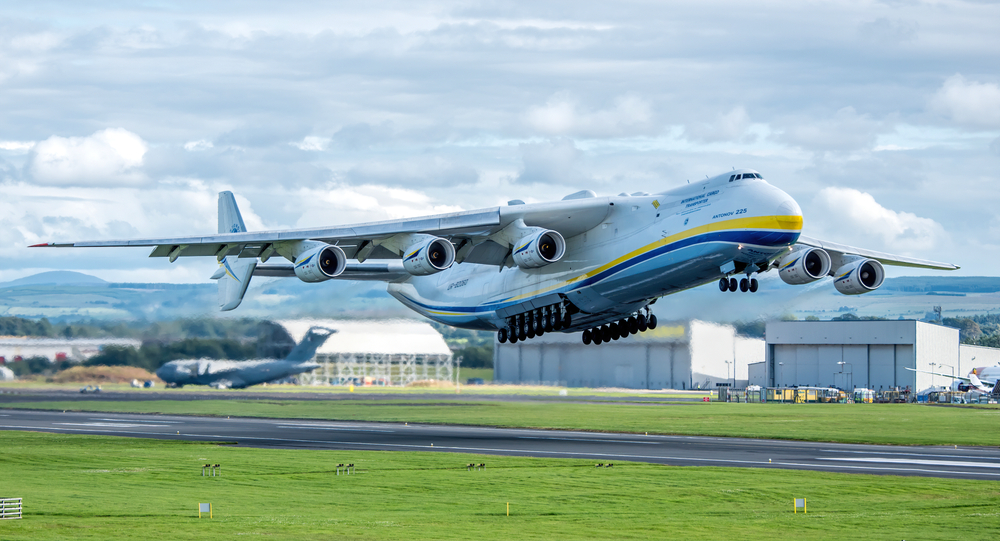
However, planes are parked in the hangar, so how do they make their trip to the runway? Why is the term taxiing so commonly thrown around when aircraft are discussed? Let’s bring a little order to this chaos.
What Is Taxiing?
Taxiing refers to the movement of aircraft from their parking bays, to the runway (as during take-off), or vice versa (upon landing). It is exactly the same as you pulling out of your parking space, and crossing one or many aisles to reach the exit when you leave for work.
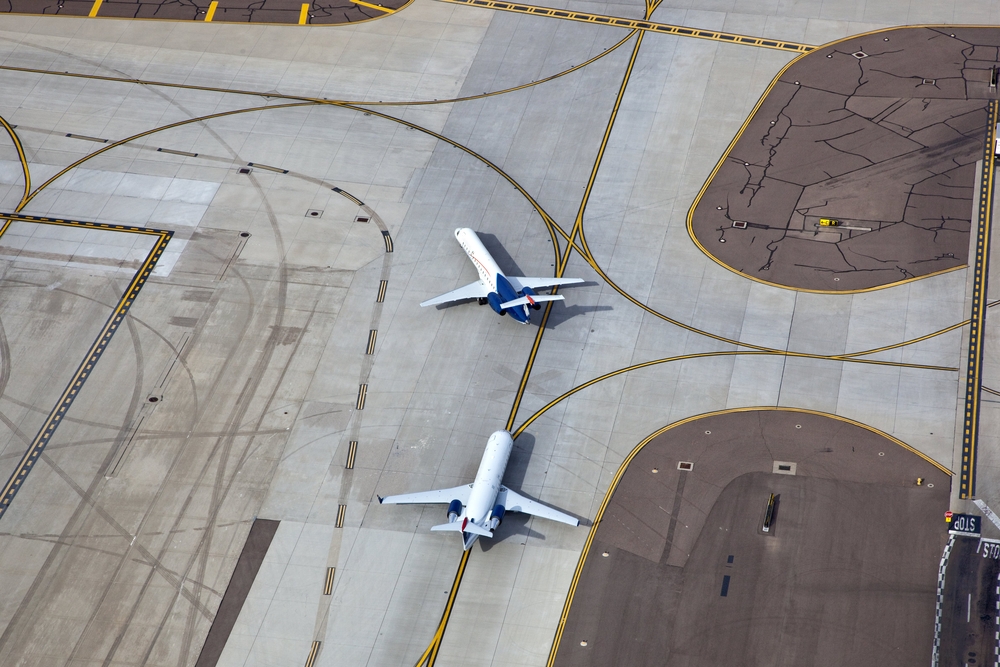
Now, why would something so mundane warrant so much attention? In truth, as graceful as aircraft are in the skies; they’re equally unwieldy on land.
Throw invaluable infrastructure, fallible people and expensive, highly combustible fuel into the mix, and the stakes rise instantly. As you read on, you will find that there is much more to taxiing than just pulling in and out of the hangar.
Also Read: How Do Pilots Steer Their Aircraft While Taxiing On Runways?
How Do Aircraft Taxi?
Depending on their size, aircraft can taxi using their own propulsion or be tugged around.
Taxiing With Engine Power
Jet and propeller engines are very powerful and draw in large quantities of air to generate thrust. At ground level, this can be a very dangerous situation, due to presence of personnel and equipment. Most modern aircraft use their engine power to navigate to the runway, so pilots operate engines at reduced power output to taxi safely on and off the runway.
The nose wheel present at the front of the aircraft can be steered to fairly extreme angles from within the cockpit. Aircraft can also be steered using a hand-operated crank called the tiller wheel.
In addition to this, the pilots use brakes and rudder control to steer the aircraft. In the event of winds along the taxiway, ailerons can be used to stabilize the aircraft, but they serve no purpose in steering, per se.
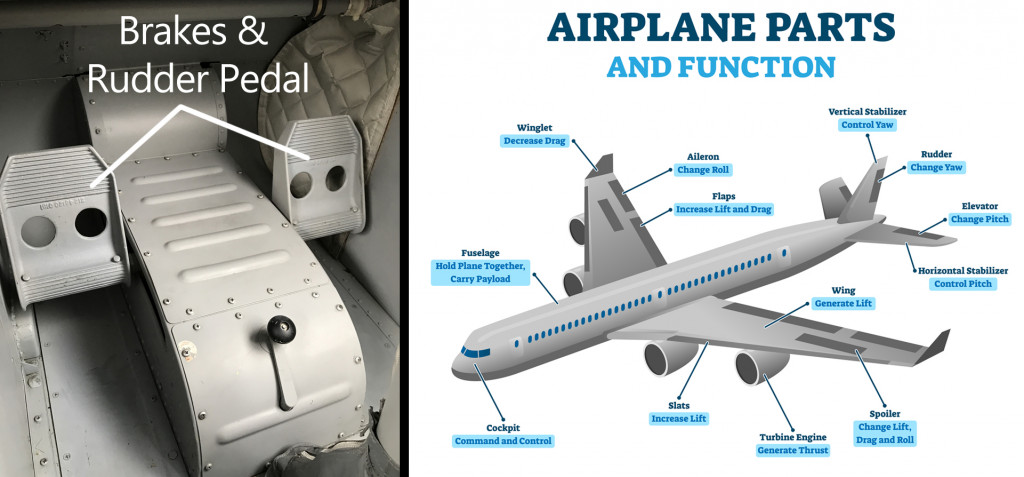
In order to know when to make a turn, the taxiway has a bright yellow centerline painted on it. Its position and turning radius is calculated beforehand to ensure that even the largest of aircraft can stay on it, without reducing speed or becoming unstable at sharp turns.
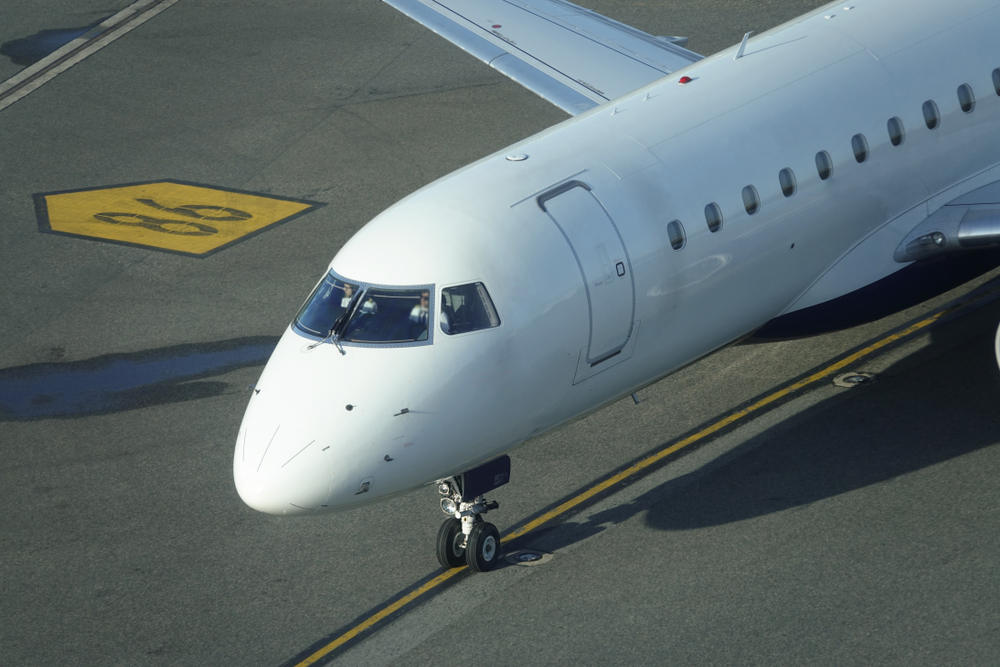
Taxiing With Tow Vehicles
Tow vehicles are high-torque vehicles that connect to the nose wheel. They are capable of both pulling and pushing aircraft. For ease of steering, the tow vehicle overrides the front wheel control from the cockpit, so it can navigate the plane through turns. They are usually employed for larger aircraft that cannot reliably reach the runway.
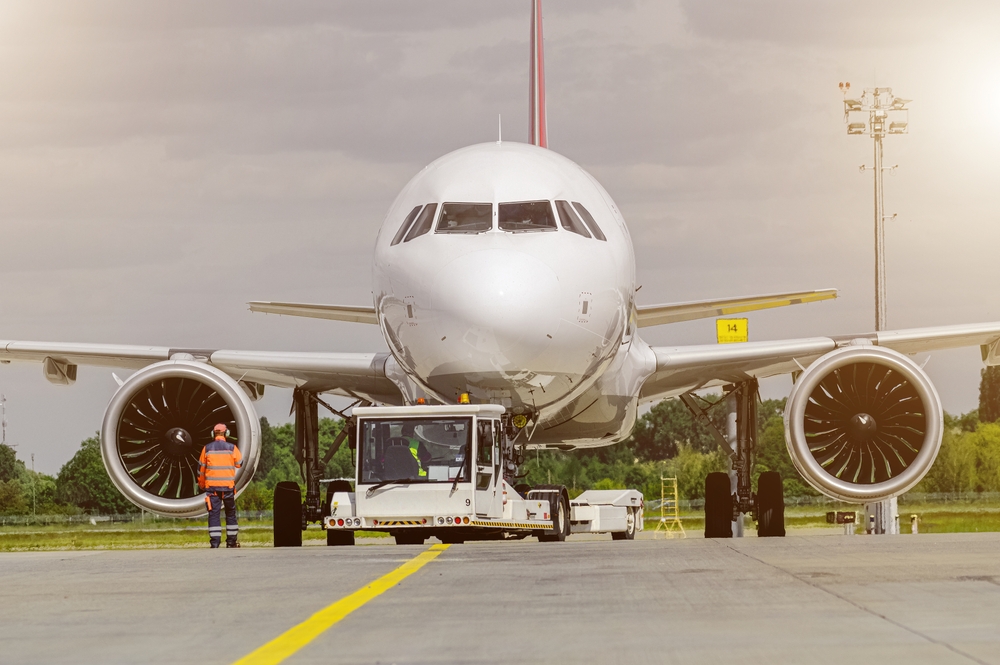
Extremely light, recreational aircraft, such as gliders and biplanes, can also be tugged on and off the runway by hand. However, with powerful engines, towing technology is quickly becoming obsolete.
Taxiing In Helicopters And VTOL Aircraft
In skid-mounted helicopters and vertical take-off and landing (VTOL) aircraft, the absence of landing gear, like wheels, can make taxiing a challenge. Therefore, they perform hover taxiing, wherein they fly close to the ground at reduced speeds.
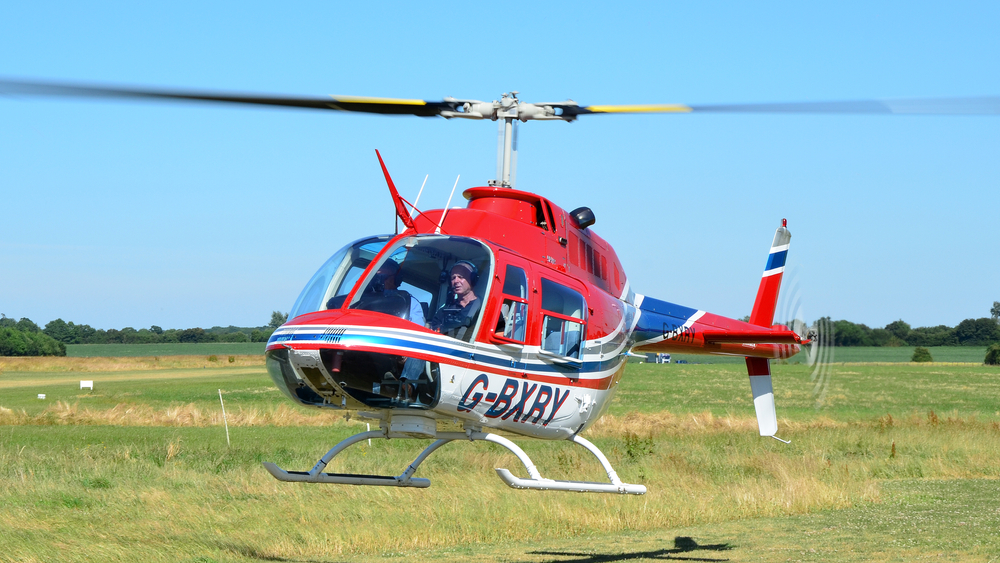
In a phenomenon known as the ground effect, their proximity to the ground (a flat surface) lowers their aerodynamic drag, enabling them to hover safely without transitioning into full flight.
Also Read: Why Do Some Helicopters Have Skids Instead Of Wheels?
Aircraft Taxiing: An Economic Standpoint
Fuel costs comprise a significant chunk of operating costs for airlines. Over the decades, fuel prices, the volume of fliers, as well as overall air traffic have gone up. Airport operations are optimized to serve the maximum possible number of flights in a day. Increased air traffic can contribute to longer waiting times for aircraft, further increasing their taxiing time.
Based on studies conducted around aircraft taxiing times, here are a few interesting statistics to consider.
- Aircraft fuel alone comprises over 35% of an airline’s operational costs.
- Fuel consumption during taxiing alone constituted 6% of the total fuel consumption, just for short-haul flights.
- Civil aviation contributes nearly 2% of the total carbon emissions produced by humans due to industry.
- Civil aviation alone used 84 billion gallons of fuel in 2022, a serious step up from the 60 billion gallons used in the previous year.
- The bureau of transportation statistics also reported a year-on-year increase in both taxi-in and taxi-out times
Upon correlating increasing taxiing times across the fleet with fuel costs, environmental hazards and delays, the numbers paint a pretty ugly picture of what running costs are like.
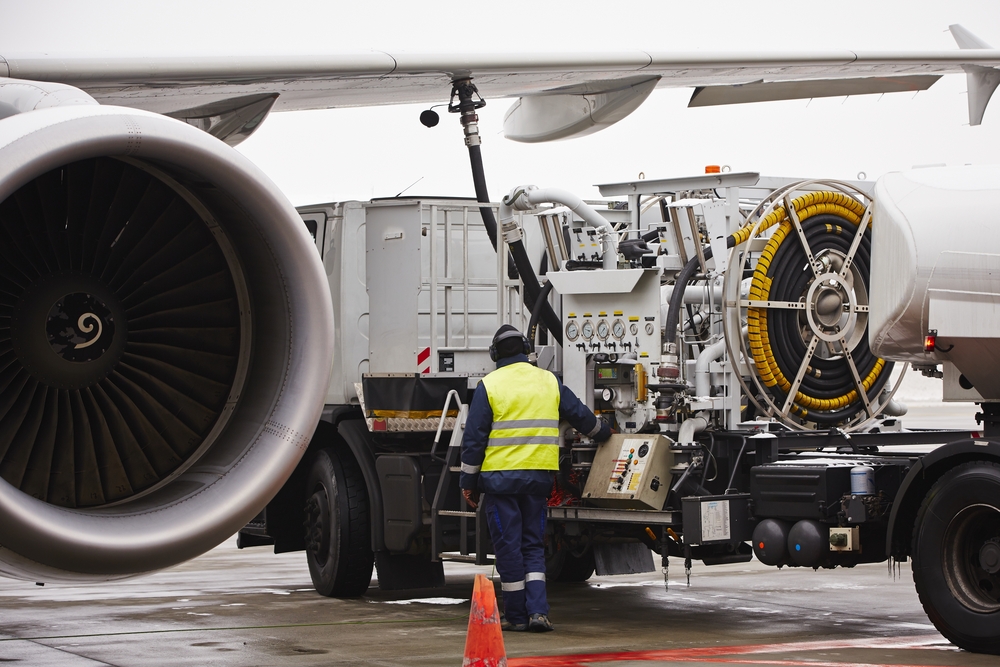
Even though jet engine efficiency improves significantly with each iteration, there are several hurdles. To begin with, it is not feasible to switch engines every time a more efficient engine is unveiled to the market. At the same time, the increase in efficiency shows no significant offset against rising taxiing times and fuel costs.
Also Read: Why Have Commercial Aircraft Not Gotten Any Faster In Recent Decades?
Further Developments
The major component of fuel costs is determined by actual airtime, and consequently, engine design. Thus, as operators, airlines may have little control over their fuel access or costs. However, peripheral operations, such as taxiing, can quickly accrue significant costs, leading to the need to optimize on them.
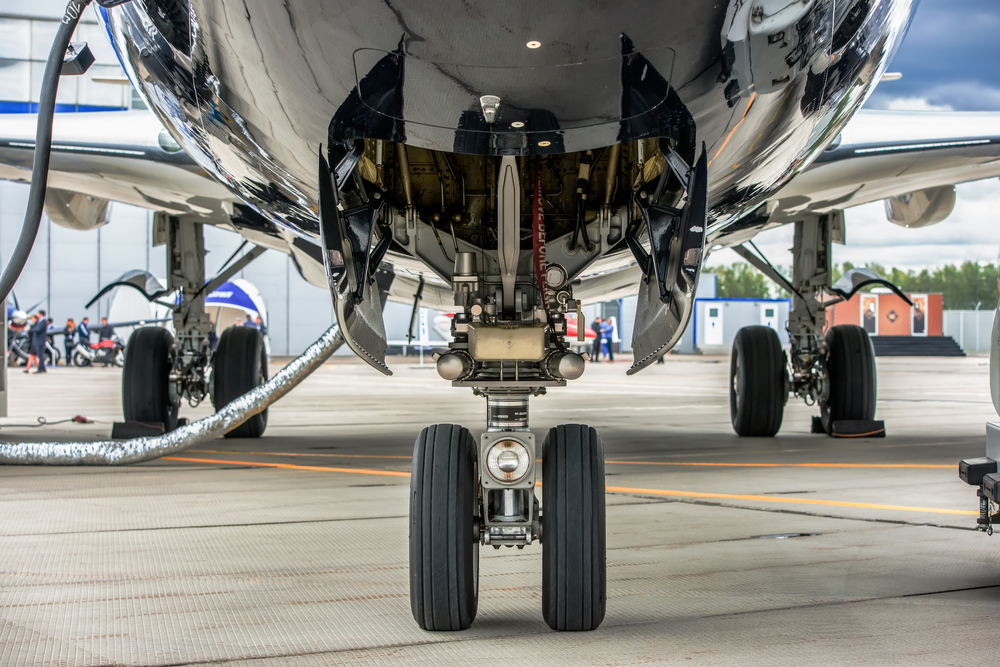
Amongst the methods being explored include single-engine taxiing for multi-engine aircraft. However, such methods will be quickly replaced by electric landing gear that will help taxiing without having to depend on the engines. This will amount to considerable reductions in fuel costs and environmental pollution, while reducing operational costs and improving profit margins.
Also Read: How Will Electricity Revolutionize Aviation?
How well do you understand the article above!

References (click to expand)
- The Aircraft Electric Taxi System: A Qualitative Multi Case Study - ProQuest - www.proquest.com
- How does an aircraft steer while taxiing on a runway?. The MIT School of Engineering
- (2001) An Investigation into the Aerodynamics of Wings in Ground .... eprints.soton.ac.uk
- airline fuel and labour cost share. The International Air Transport Association
- Fuel Fact Sheet - IATA. The International Air Transport Association
- Greener Aircraft Taxiing: Single-Engine Taxi-out Evaluations. The Single European Sky ATM Research 3 Joint Undertaking
